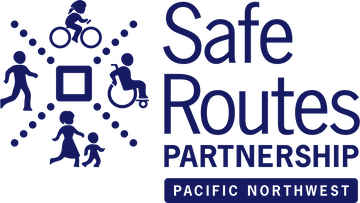The Oregon Department of Transportation (ODOT) is developing the Statewide Transportation Improvement Program (STIP) for 2024-2027, which is their blueprint for how they will spend more than $2 billion in transportation funding during that three-year period. ODOT will develop funding scenarios to help the Oregon Transportation Commission (OTC) decide how to invest money in the transportation system—whether to shift money from one area to put more money to safety improvements or non-highway programs that improve mobility by other modes, or to finally modernize the state's transportation system by investing exclusively on climate and equity outcomes that ensure everyone can get where they need to go, regardless of travel mode or income.
Transportation - by air, water, rail, road, sidwalk, or path - is the largest contributor of climate emissions in Oregon - 39 percent of all climate emissions. Reducing climate emissions from the transportation sector remain the biggest challenge, and despite the fact that we know about transportation emissions and how to reduce them, they have been on the rise for years.
According to the International Panel on Climate Change's special report in 2019, we have until 2030 to make urgent changes that could limit climate change catastrophe.
In March 2020, the Governor issued an Executive Order on Climate Action, directing state agencies to take actions to reduce and regulate greenhouse gas emissions. Meanwhile, a joint initiative between ODOT, Department of Land Conservation & Development, Department of Environmental Quality, and Department of Energy, called Every Miles Counts, begins to get at actions to reduce climate emissions from transportation with actions to reduce vehicle miles traveled per capita and support use of cleaner vehicles and fuels. One of the categories, Transportation Options, focuses on "managing travel demand and encouraging a shift to transportation modes that produce fewer emissions and provide for the more efficient movement of people and goods. Example elements include providing park-and-ride facilities, promoting ride-matching services, adding biking and walking infrastructure, enhancing passenger rail services, and a significant growth in public transportation service."
Youth, older adults, and people living on lower incomes also know that our transportation system has urgent need for change, too - but in a different way. Those who cannot or do not drive, struggle with a transportation system that is not multi-modal, connected, safe, or affordable to get where they need to go.
Now is your chance to weigh in on how Oregon prioritizes spending on climate and equity investments for transportation - including safe routes to school projects (which are oversubscribed , bicycle and pedestrian needs, transit and train service within and between cities and towns, non-highway, maintenance, and services for seniors and individuals with disabilites.
Take ODOT's survey on transportation project funding priorities.


